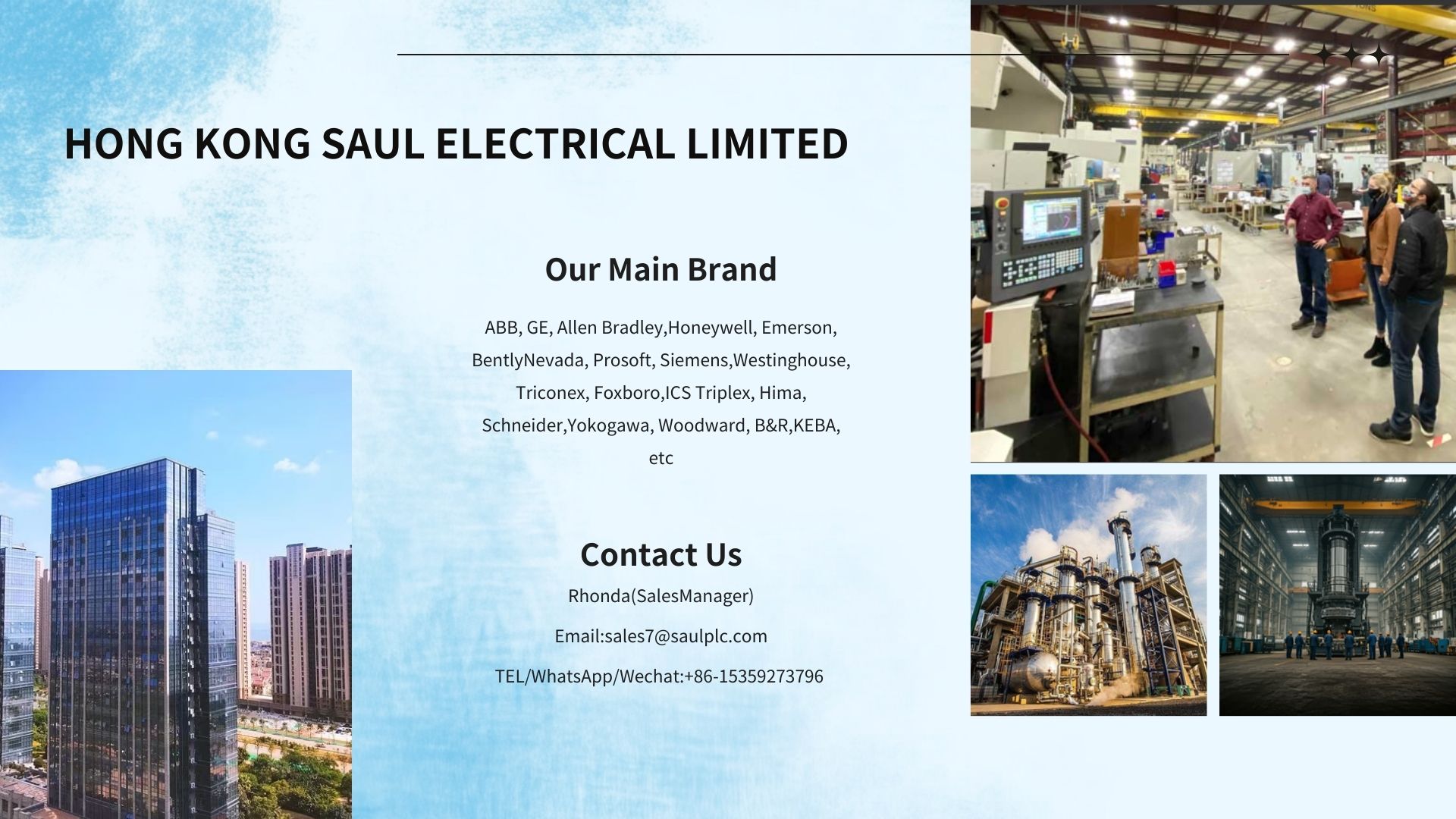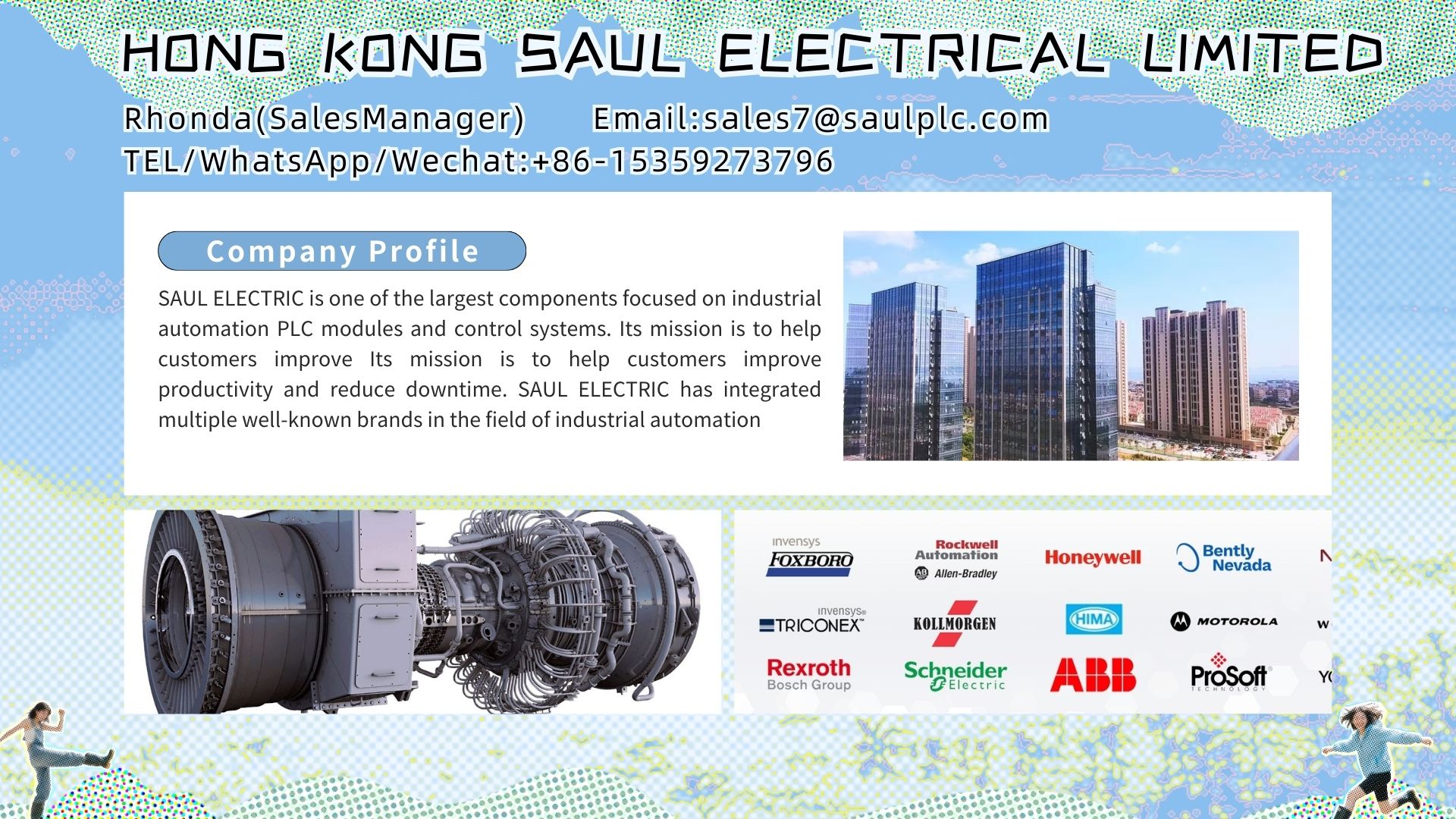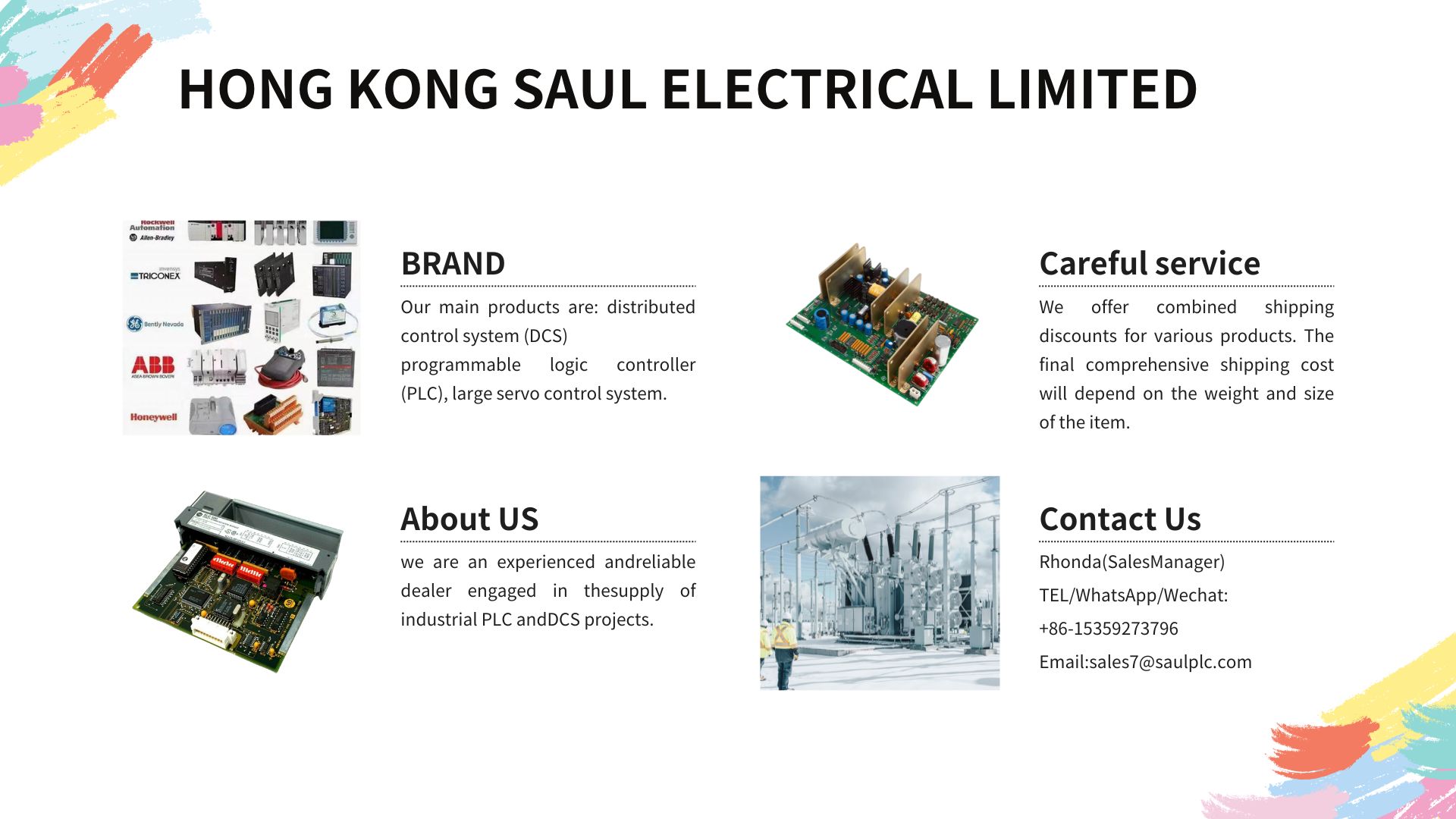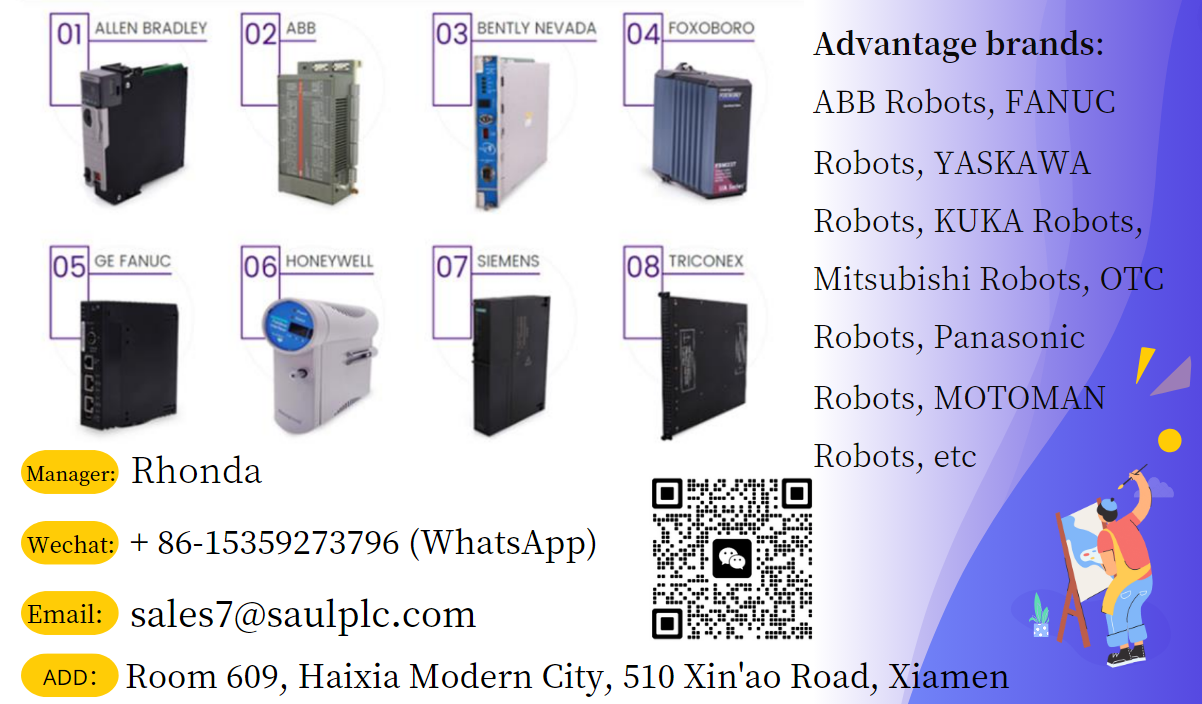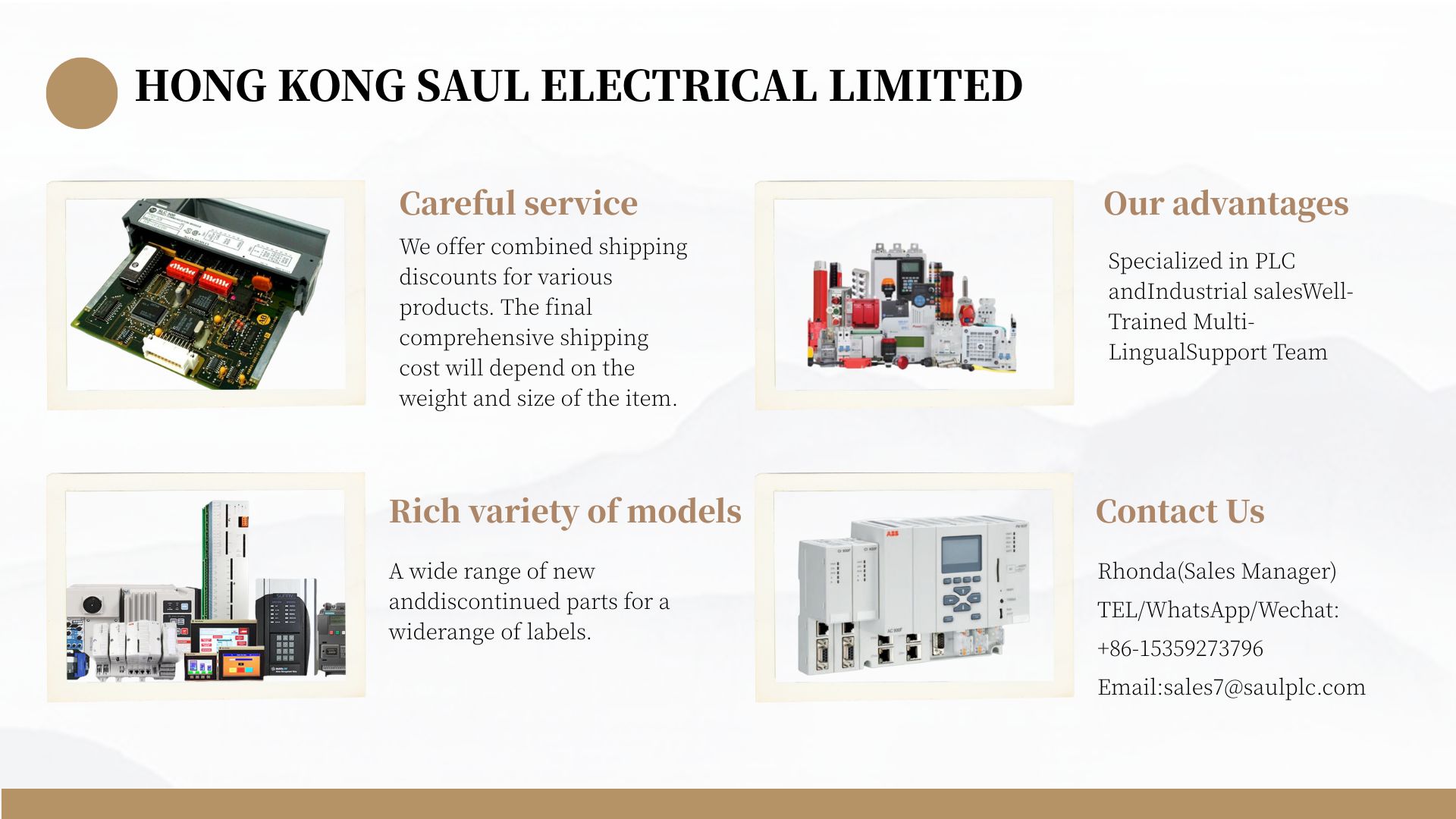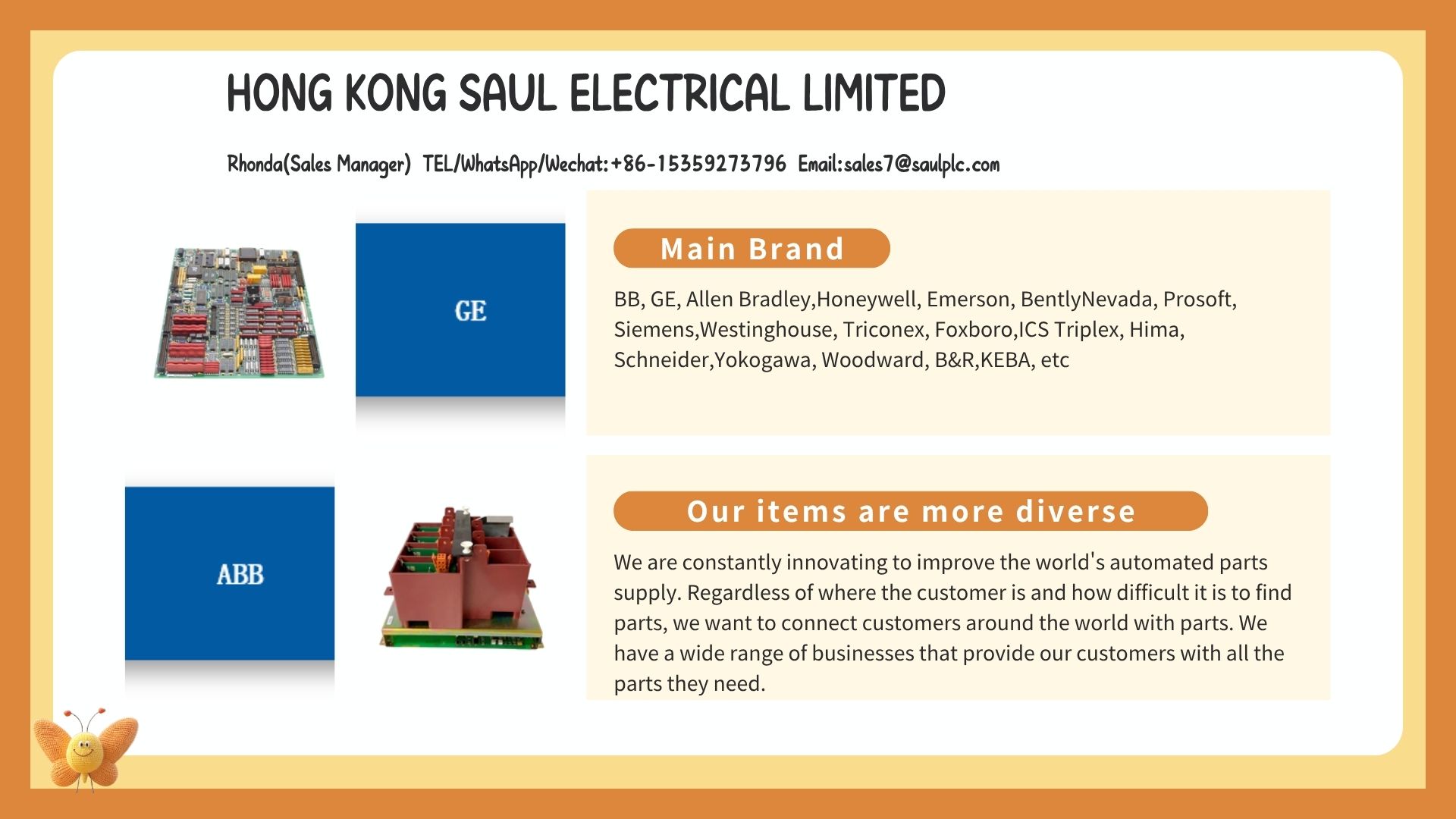Doing the Math: How ABB’s VSM Integrated Drive Delivers “Real” Green Returns for Water Plants and Communities
Introduction:
In the industrial world, the ultimate value of any new technology must be validated by cold, hard numbers and real-world cases. For water utility operations managers, their most pressing questions are blunt and practical: “How much will this technology save me? How quickly is the payback? How much carbon can it reduce for my ESG report?” The value proposition of ABB’s new LV Titanium VSM integrated drive is precisely built on quantifiable, tangible economic and environmental benefits. This article will use specific scenario-based calculations and potential application analyses to reveal how this innovative product delivers “visible and tangible” returns on investment, driving its adoption from “nice to have” to “must-have.”
I. Micro Perspective: The Annual Benefit Sheet of a Single 7.5kW Pump Station
Let’s focus on a most common unit: a secondary water supply pump station serving a medium-sized community, equipped with one 7.5kW pump, operating approximately 8000 hours per year.
-
Baseline for Comparison: Traditional solution uses a line-powered IE3 efficiency class induction motor, with flow/pressure controlled by valve throttling, resulting in high energy consumption.
-
VSM Solution: Uses an ABB VSM integrated drive, adjusting pump speed in real-time based on actual water demand, achieving on-demand supply.
Benefit Calculation:
-
Electricity Savings: Based on actual engineering data, the VSM unit can achieve an overall energy saving of over 30% compared to the traditional fixed-speed solution. Annual power consumption for a 7.5kW motor is: 7.5kW * 8000h = 60,000 kWh. Energy saved is: 60,000 kWh * 30% = 18,000 kWh. At an industrial/commercial electricity rate of RMB 0.7/kWh, Annual Electricity Cost Savings: 18,000 kWh * RMB 0.7/kWh = RMB 12,600.
-
Carbon Reduction: Using China’s grid average carbon emission factor (~0.7 kg CO₂/kWh), the annual reduction is: 18,000 kWh * 0.7 kg CO₂/kWh = 12,600 kg, or 12.6 tonnes of CO₂. This is an extremely valuable asset for companies needing to issue CSR reports or respond to carbon audits.
-
Maintenance Cost Savings: Soft starting and smooth speed regulation reduce mechanical stress on the pump and piping network, extending equipment life and lowering failure rates and maintenance costs. Preliminary estimates suggest annual maintenance costs can be reduced by 15-20%.
Payback Period: Considering the VSM unit’s savings on control cabinets, installation/commissioning costs, and potential government subsidies, its price premium over a traditional “motor + VFD cabinet” solution is already very small. In many cases, the total initial investment is comparable or even lower. Even if a small premium exists, the Payback Period is typically within 1 year. This level of Return on Investment (ROI) is highly attractive in the industrial sector.
II. Meso Perspective: The Scaled Miracle for a Regional Water Plant
Amplifying the benefits of a single pump station to a regional water or wastewater treatment plant with hundreds of various pumps reveals staggering numbers.
-
Hypothetical Scenario: A water plant has 100 pumps ranging from 5.5kW to 45kW, of which 50 are suitable for VSM retrofit, with an average power of 15kW.
-
Scaled Benefits:
-
Total Annual Energy Savings: (15kW * 8000h * 30% * 50 units) = 1,800,000 kWh.
-
Total Annual Cost Savings: 1,800,000 kWh * RMB 0.7/kWh = RMB 1,260,000 (1.26 million Yuan).
-
Total Annual Carbon Reduction: 1,800,000 kWh * 0.7 kg CO₂/kWh = 1,260,000 kg, or 1,260 tonnes of CO₂. This is equivalent to the carbon sink effect of planting tens of thousands of trees.
-
Space Benefit: Post-retrofit, significant space previously used for electrical cabinets can be freed up for other uses or to improve the working environment.
-
Management Benefit: With all VSM units networked, engineers can monitor the status and energy data of all equipment from a central control room, enabling preventive alarms, greatly enhancing management efficiency and system reliability.
-
III. Macro Perspective: Empowering Broad Industries like Food & Beverage and Buildings
The application of the VSM unit is by no means limited to municipal water. Its core “pumping” function makes it applicable across a vast industrial landscape.
-
Food & Beverage Industry: A major water consumer, its processes are filled with pumping links (raw material transfer, cleaning, filling, CIP cleaning, etc.). Requirements for hygiene, reliability, and energy efficiency are extremely high. The VSM’s compact design is easy to clean, and its high efficiency directly reduces production costs. A large brewery or beverage factory might have thousands of pumps, with energy-saving potential even exceeding that of water plants.
-
Commercial Buildings & Hospitals: Circulating and booster pumps for central air conditioning are major electricity consumers in buildings. Retrofitting with VSM units can significantly reduce property operating costs and contribute to green building certification.
-
Chemicals & Pharmaceuticals: Also involve extensive fluid transfer needs with stringent requirements for precise process control and reliability.
IV. Beyond the Numbers: Hidden Value and Future Potential
Beyond direct economics, the VSM unit offers significant implicit value:
-
Installation Flexibility: Its small size allows installation even on pipes or in tight corners, offering unprecedented flexibility for system design.
-
Plug-and-Play & the Skills Gap: In an context of scarce skilled engineers, its simple installation reduces reliance on high-end technical talent, making project deployment no longer constrained by human resource bottlenecks.
-
Data Value: The continuous operational data it generates is the foundation for advanced applications like AI-optimized (scheduling) and digital twins, holding immeasurable future value.
Conclusion:
The value brought by the ABB LV Titanium VSM integrated drive is a clear and straightforward math problem. Through highly persuasive ROI and carbon reduction data, it transforms “green energy saving” from a grand concept into increased profit on corporate financial statements and standout achievements in ESG reports. From annual savings of thousands per community pump room, to millions saved per regional water plant, to the vast blue ocean of cross-industry applications, it proves that environmental protection and economic benefit are not contradictory but can be highly unified and mutually reinforcing. For any enterprise decision-maker pursuing cost reduction, efficiency gain, and sustainable development, this is an calculation worth doing again and again. Choosing the VSM is choosing a clear path to a more efficient, greener, and smarter future.
Contact Us
“Rhonda(Sales Manager)
Email:sales7@saulplc.com
Whatsapp:+86 15359273796
Wechat:+86 15359273796″




